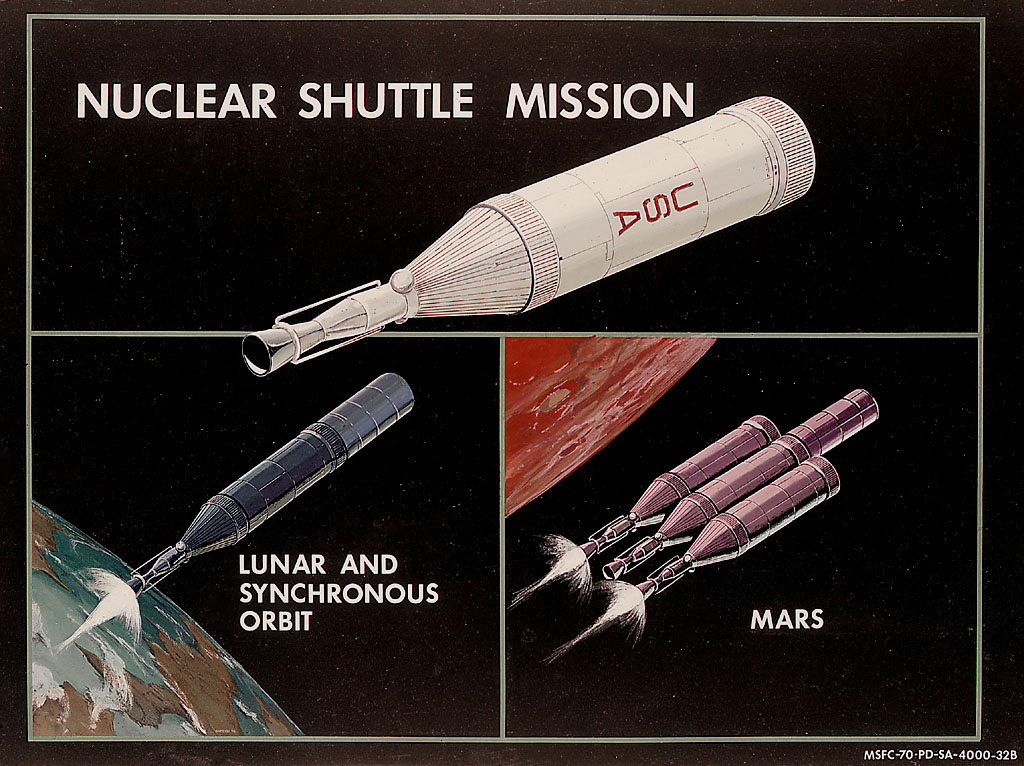orbitingpluto
Orbiteer
- Joined
- May 1, 2010
- Messages
- 618
- Reaction score
- 0
- Points
- 16
So far a concept like thishttp://www.orbithangar.com/searchid.php?ID=5208 is what I have used for Mars landings. But these landers are big so maybe just follow the concept.
You might be interested post #7 of this thread, where I pointed out a few other Mars addons in addition to that one.
Could 'Helium' refer to Helium-3, which would implicate a fusion engine?
I don't know what Astro has in mind, but a Helium-3 fusion-powered nuclear engine kinda seems too far-future for what he is up to.
Regarding the perils of getting down to Mars surface and, even worse, getting back up to orbit: Mars is a planet, big enough to make these operations a nightmare. To get back up would rather require landing a fully fueld Falcon 9 rocket safely on its surface, ready for launch back into orbit. This is closer to reality than an Apollo LM with a heatshield.
I agree with all of this, except the sizing of Mars Ascent vehicle. I think something in the neighborhood of a Falcon 9 would be overkill, though I'm not about to calculate a better analogy rocket. I would make a wild-ass guess at something similar to a first generation Atlas, though.
The idea of splitting the mission into a separate lander and a Mars ascent vehicle may look tempting, but has a danger of its own: If the landing approach fails, the crew of the lander would be doomed, as they cannot abort the landing.
Did I really did say to split the ascent vehicle off into it's own vehicle?
To answer my own question: yes, yes I did.:facepalm:




